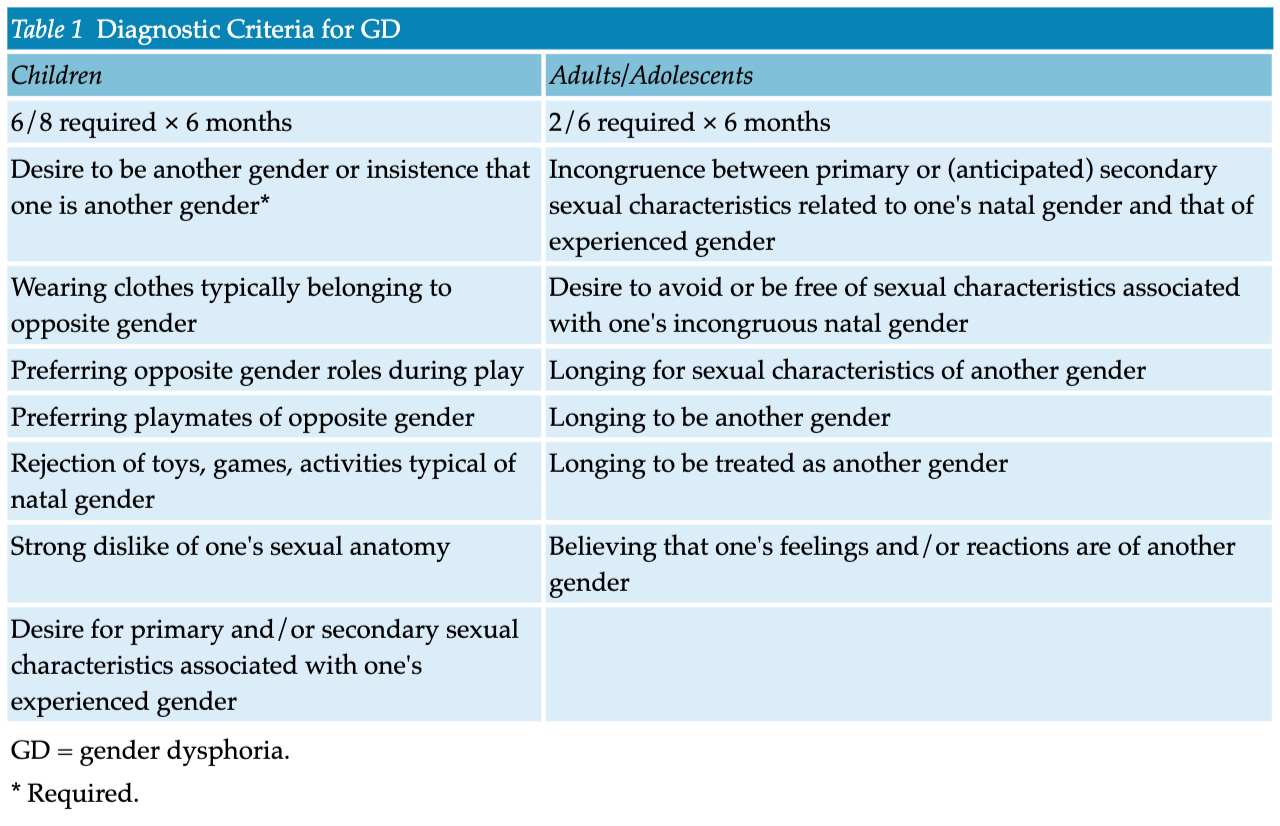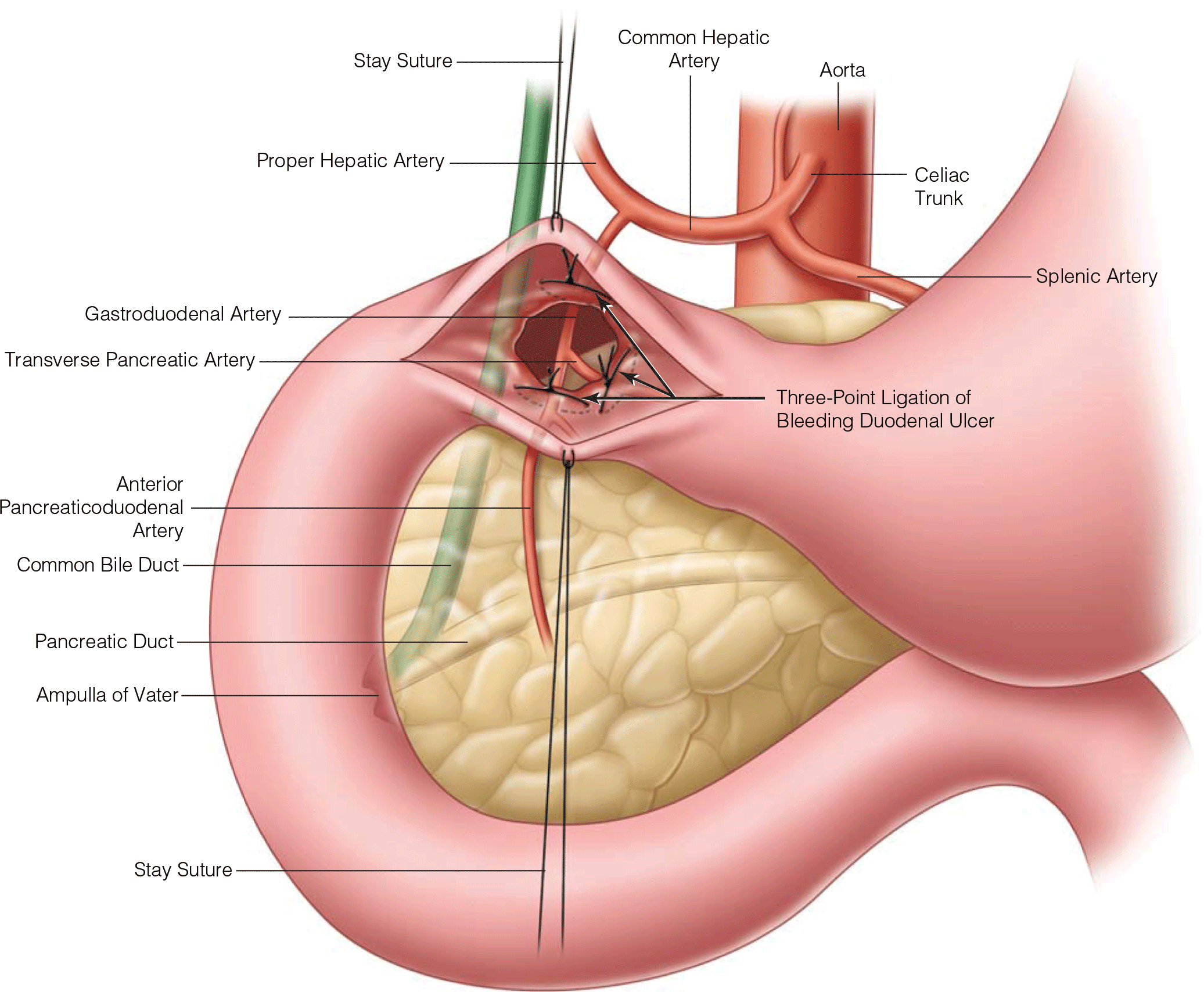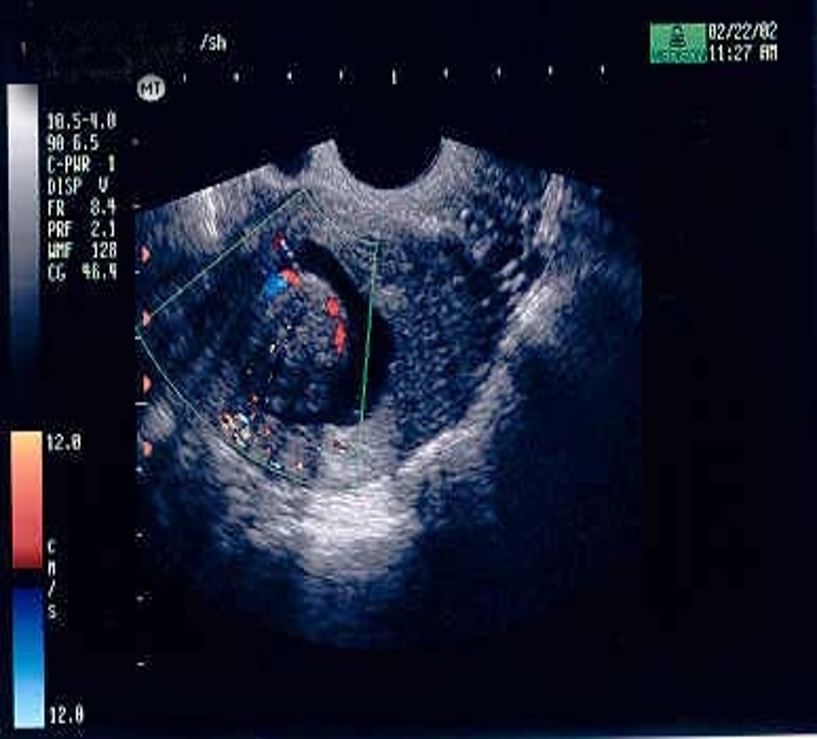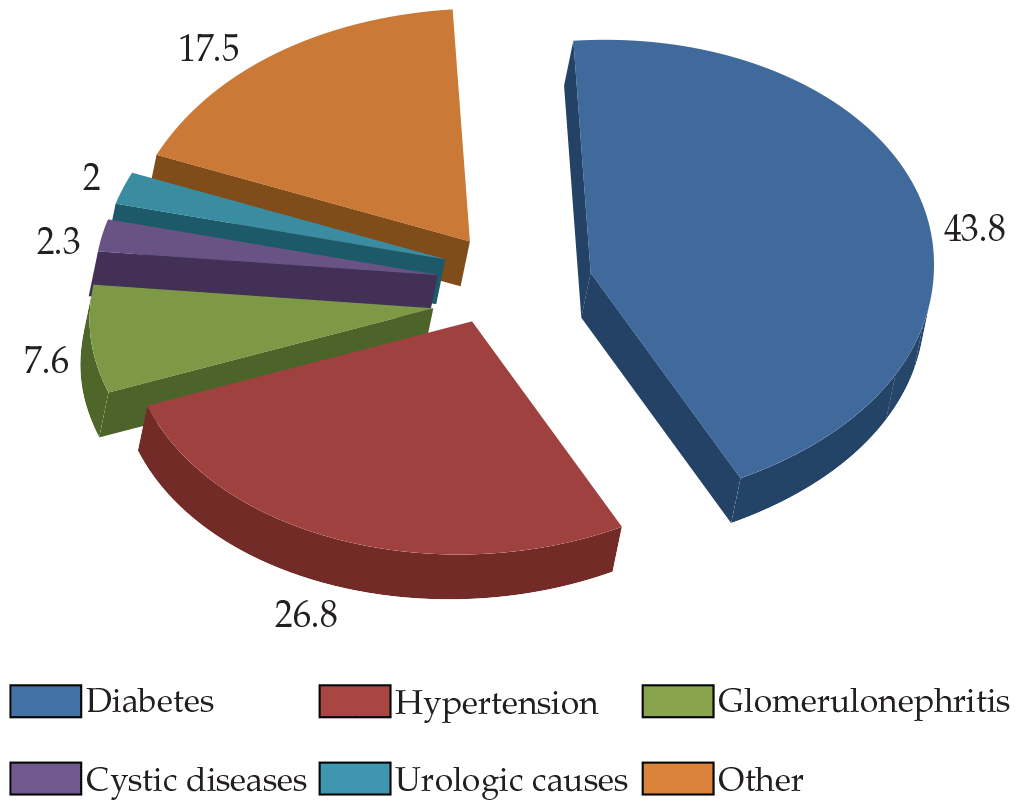- For children to be diagnosed with GD, they must meet at least six of eight criteria (for at least 6 months), one of them being a desire to be another gender or insistence that one is another gender
- Patients who do not meet the full criteria for GD (eg, if symptoms last < 6 months) may be given a diagnosis of “other specified gender dysphoria” or “unspecified gender dysphoria”
- Although the etiology of GD is not well understood, various psychosocial and biological theories have been proposed. One theory suggests that in utero exposure to steroid hormones plays a role in the masculinization or feminization of certain brain regions, such as the hypothalamus
Latest Updates


Upper Gastrointestinal Bleeding
- Several clinical prediction scores have been developed to risk-stratify patients presenting with upper gastrointestinal bleeding (UGIB) and can help guide the sequence of diagnostic tests and subsequent management. The two most commonly used are the Glasgow-Blatchford score and Rockall score. These scoring systems are designed to aid in the identification of patients who will require acute interventions and determine the risk of rebleeding and mortality.
- Endoscopic intervention is beneficial in high-risk patients with UGIB, reducing the rate of rebleeding, the need for surgical intervention, and mortality. Recent advances in the use of combination therapies and newer mechanical means of hemostasis have increased the success of endoscopic management.
- Contrast-enhanced, multiphase computed tomography (CT) techniques have improved dramatically over the last decade. CT serves as an excellent complementary test to endoscopic techniques in the management of the hemodynamically stable patient.
- Transcatheter angiographic embolization is an attractive alternative to surgical intervention in select patients. Advances in catheter-based delivery systems have increased the success rate of angiographic embolization, particularly in patients who have a failed second attempt at endoscopic hemostasis.

- For children to be diagnosed with GD, they must meet at least six of eight criteria (for at least 6 months), one of them being a desire to be another gender or insistence that one is another gender
- Patients who do not meet the full criteria for GD (eg, if symptoms last < 6 months) may be given a diagnosis of “other specified gender dysphoria” or “unspecified gender dysphoria”
- Although the etiology of GD is not well understood, various psychosocial and biological theories have been proposed. One theory suggests that in utero exposure to steroid hormones plays a role in the masculinization or feminization of certain brain regions, such as the hypothalamus

- Antecedents of dissociative amnesia range from massive psychological trauma to seemingly minor stressful life events.
- The memory impairment in dissociative amnesia is most frequently of a retrograde type and preponderantly circumscribed to the episodic-autobiographical memory domain.
- An abrupt loss of both memory for past experiences and personal identity is highly suggestive of the diagnosis of dissociative amnesia.
- Functional neuroimaging in dissociative amnesia often shows changes in brain areas involved in memory processing.
- Neuropsychological testing plays a key role in distinguishing between true and feigned amnesia.

- Antecedents of dissociative amnesia range from massive psychological trauma to seemingly minor stressful life events.
- The memory impairment in dissociative amnesia is most frequently of a retrograde type and preponderantly circumscribed to the episodic-autobiographical memory domain.
- An abrupt loss of both memory for past experiences and personal identity is highly suggestive of the diagnosis of dissociative amnesia.
- Functional neuroimaging in dissociative amnesia often shows changes in brain areas involved in memory processing.
- Neuropsychological testing plays a key role in distinguishing between true and feigned amnesia.

Complementary and Alternative Medicine: Is It Alternative or Mainstream for Managing Low Back Pain?
- Complementary and alternative medicine therapies are now an important part of the management of chronic low back pain in patients.
- Physical modalities such as yoga and tai chi aim for a mind-body connection effect to help treat chronic low back pain.
- Acupuncture has been shown in some medical studies to be of benefit with chronic pain when combined with conventional treatments.
- Herbal medicines are increasingly being used by patients to treat back pain. Regulation of this industry is required to ensure the safety and reliability of these agents.
- Medical marijuana is being advocated by many for chronic low back pain; at present, research is not conclusive on the benefit of this herbal. Further research is required prior to universal recommendation.

- Zika virus: Delayconception if potential exposure: 8 weeks: females or 3 months: males
- Subclinical hypothyroid: Treatment is associated with improved pregnancy outcomes when TSH levels are above 4 mIU/L.
- Tubal patency: Hysterosalpingo-contrast sonography was recently introduced as an additional screening method to assess tubal patency.

Management of Chronic Kidney Disease and its Complications
- 2024 KDIGO Practice Guidelines
- Diabetes Canada 2018 Clinical Practice Guidelines for the Prevention and Management of Diabetes in Canada
- Diagnosis, Evaluation, Prevention, and Treatment of Chronic Kidney Disease-Mineral and Bone Disorder: Synopsis of the Kidney Disease: Improving Global Outcomes 2017 Clinical Practice Guideline Update.


.png)







